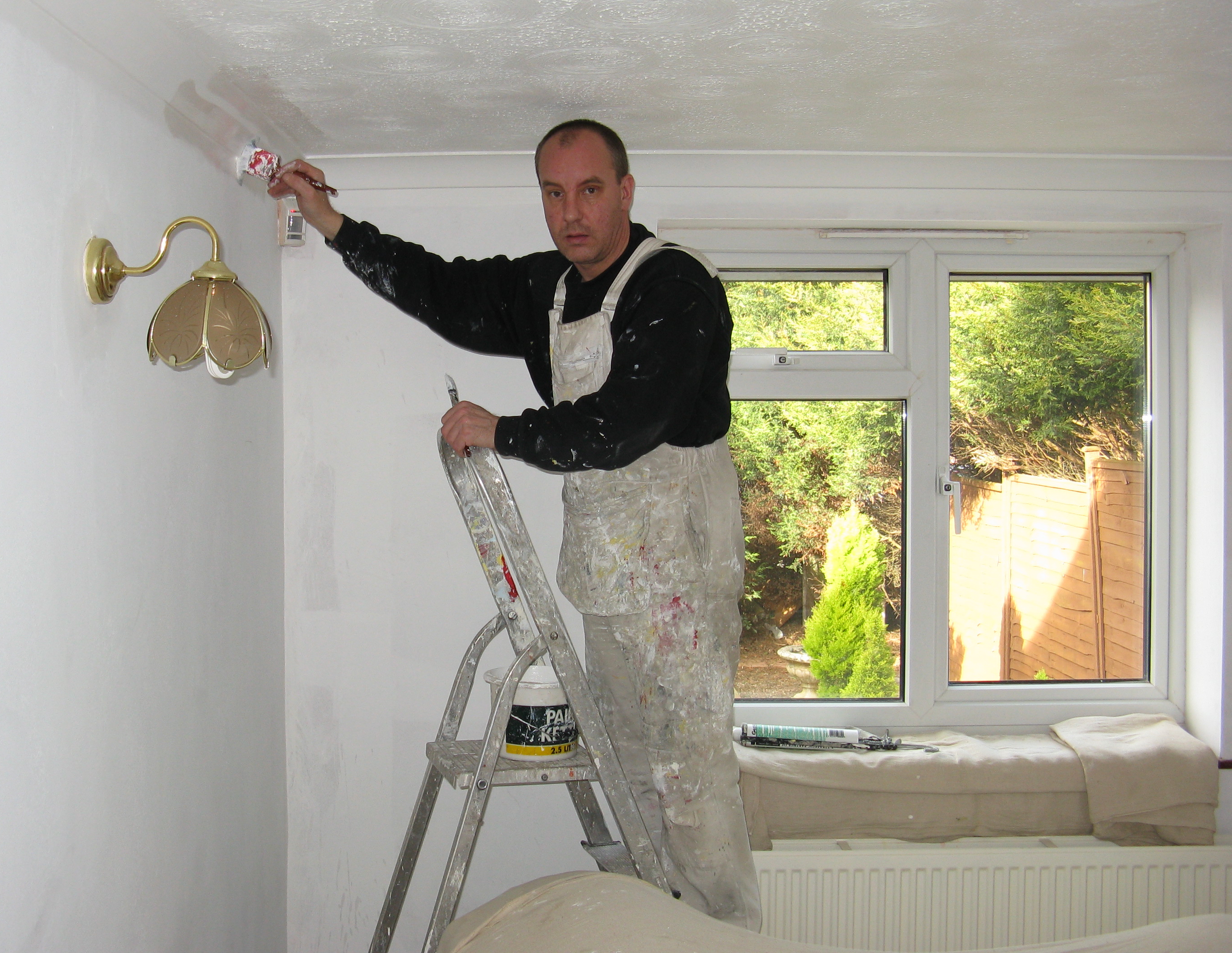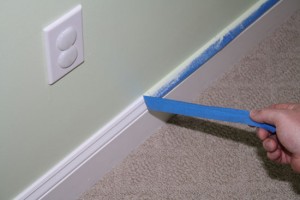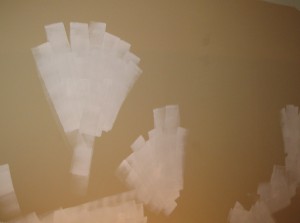 Have you ever finished a project, or some other labor-intensive activity, and then heard something that made you say, “Wow, I wish I had known that!”? Life is full of those moments when helpful information comes just a little bit too late. It is no different when it comes to painting! With that in mind, we have a list of six common painting mistakes that are often made during an interior painting project. Hopefully you catch these (and maybe share them) before you tackle your next project.
Have you ever finished a project, or some other labor-intensive activity, and then heard something that made you say, “Wow, I wish I had known that!”? Life is full of those moments when helpful information comes just a little bit too late. It is no different when it comes to painting! With that in mind, we have a list of six common painting mistakes that are often made during an interior painting project. Hopefully you catch these (and maybe share them) before you tackle your next project.
 1. Peeling Painter’s Tape Too Late
1. Peeling Painter’s Tape Too Late
Painter’s tape is a wonderful tool. It helps with cutting in, creating crisp, neat lines. It also can be used for laying out designs and patterns on your wall. It is important, however, to make sure you peel the tape while the paint is still wet; otherwise the edges of the dried paint might peel up right along with the tape.
2. Putting Too Much Paint on the Brush
If a little paint on the brush is good, then more must be better, right? In reality, it just isn’t. It does not make the paint go on more evenly, reduce the need for another coat, or make the job go faster. It just creates waste. For maximum efficiency, dip about 1/3 of the bristles’ length into the paint.
3. Not Waiting for the First Coat to Dry
Have you ever painted a wall, and then impatiently watched the clock as you thought about getting that second coat up? It is really, really important to let the first coat fully dry. Applying the second too soon will only create a muddy, streaky finish.
4. Painting a Damp Wall
You might think to yourself that this tip would never apply to you. After all, who would knowingly paint a wet surface? The truth is, though, that dampness in our walls can often take you by surprise. A room that collects a lot of humidity, particularly kitchens and bathrooms, can have dampness clinging to the walls that is more subtle than drips. Be sure you dry the walls down before painting to eliminate the headache of streaks and uneven application.
5. Not Using Primer over a Patched Section
If you looked for blemishes like nail holes, cracks, and dents before painting, you did the right thing! Finding those  spots and filling them with spackle will make for a smooth, finished look after all is said and done. But, problems pop up when you do not use primer over those patched sections. Even if you are not priming the entire wall, using it over the repairs will keep your new paint from looking puckered and wrinkled over those spots.
spots and filling them with spackle will make for a smooth, finished look after all is said and done. But, problems pop up when you do not use primer over those patched sections. Even if you are not priming the entire wall, using it over the repairs will keep your new paint from looking puckered and wrinkled over those spots.
6. Not Calling a Professional Painter!
We had to add this one to the list! You may smile, but the truth is that contacting a professional painting company can make your entire project smoother, from color selection help to the final, glistening coat. An injection of fresh, experienced ideas and expertise never hurts. A.G. Williams Painting Company has over 100 years of experience serving homes and businesses throughout Old Greenwich, Eastchester, Pleasantville, and elsewhere in New York and Connecticut. We hope you will contact us!